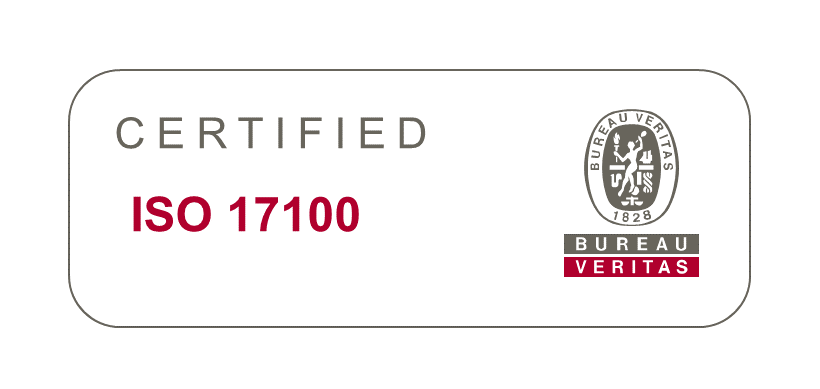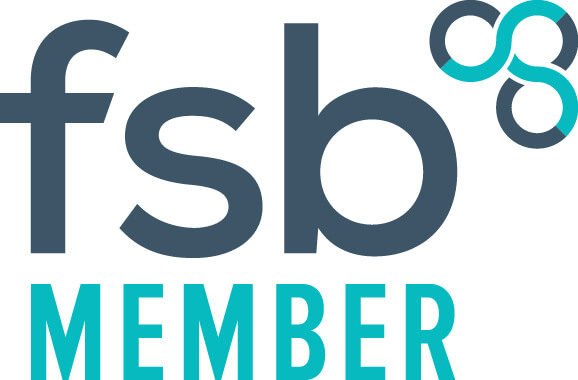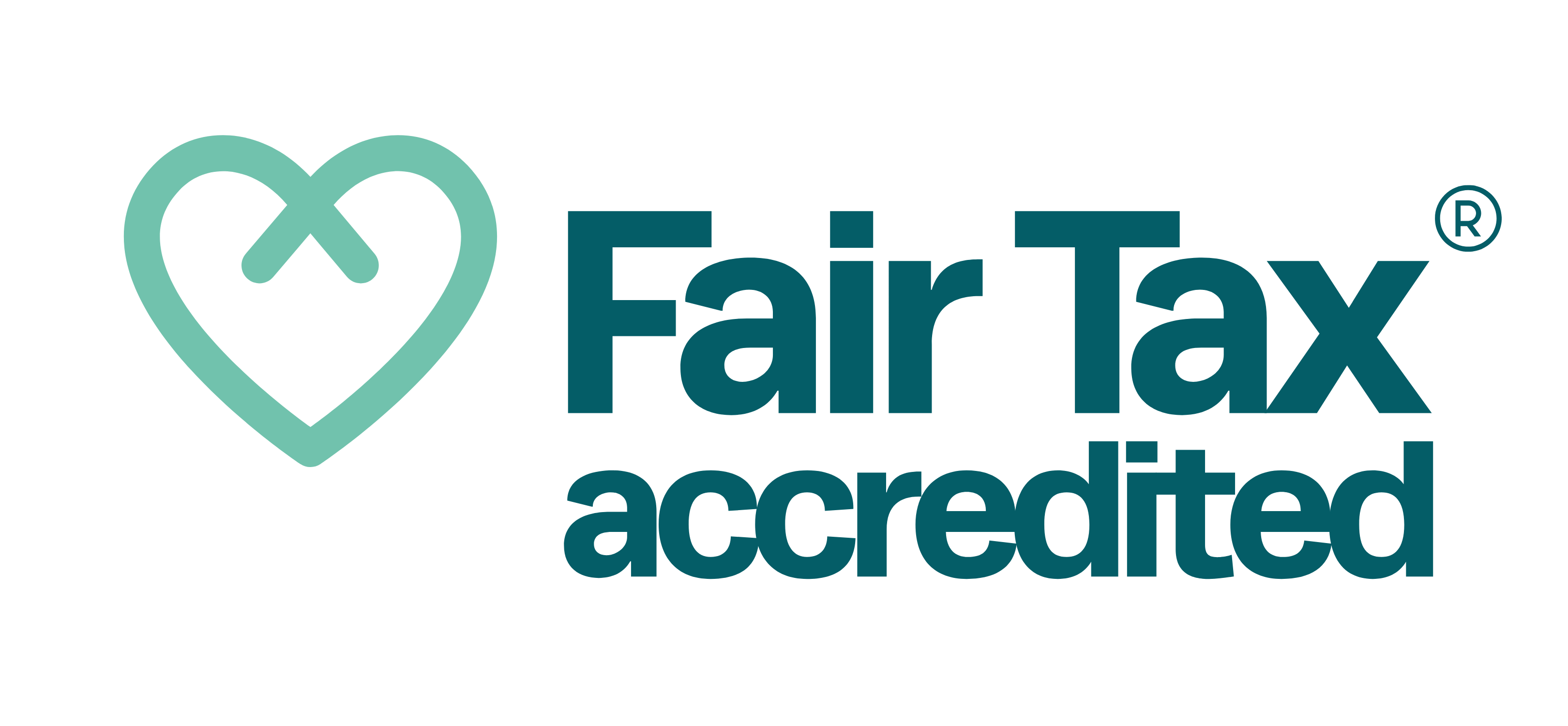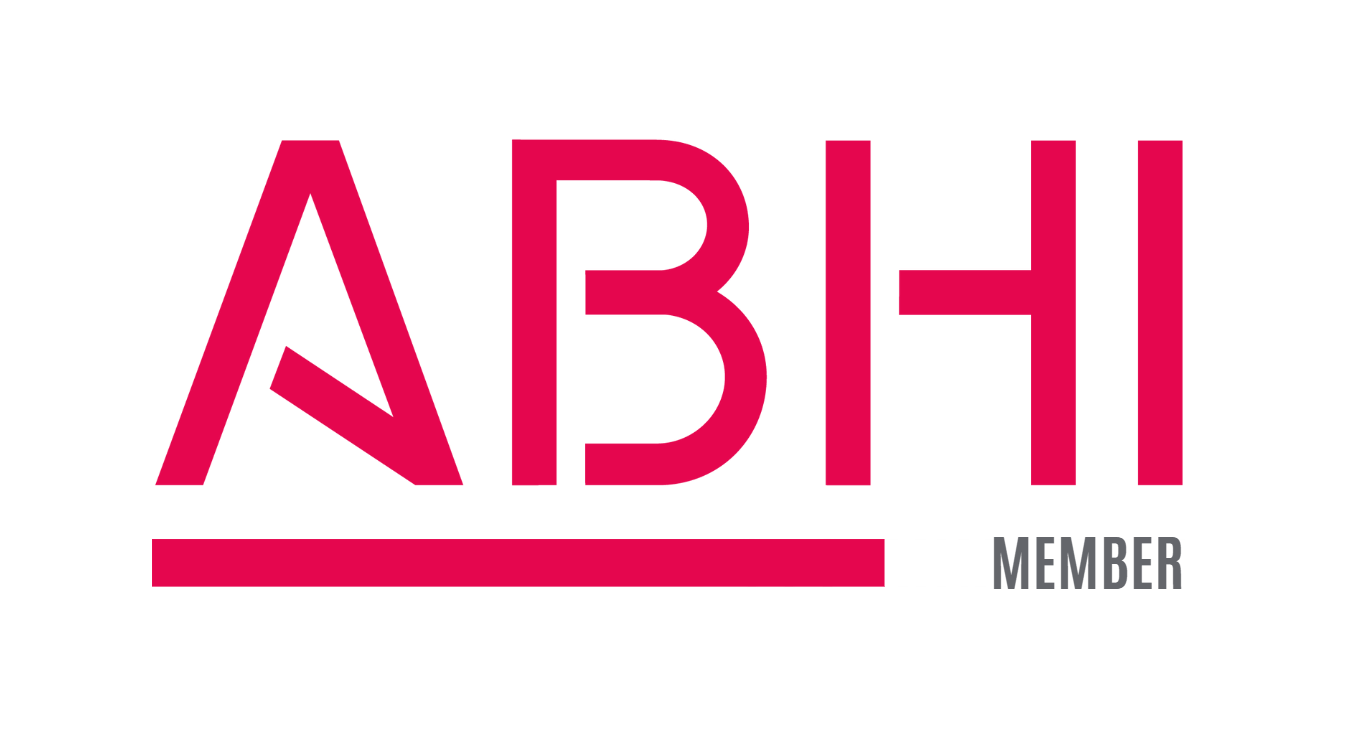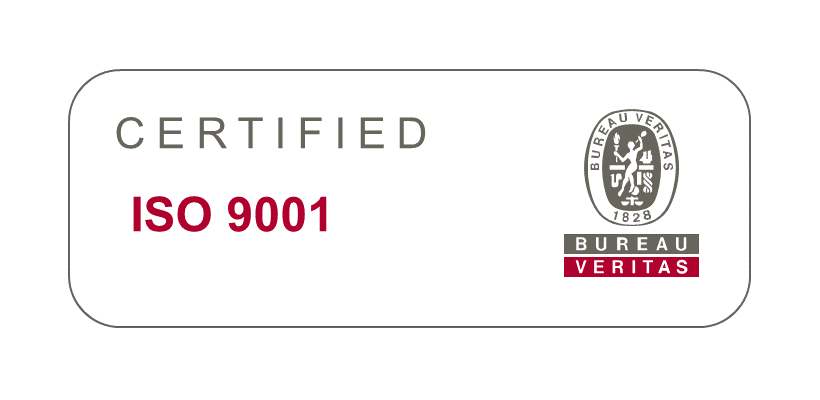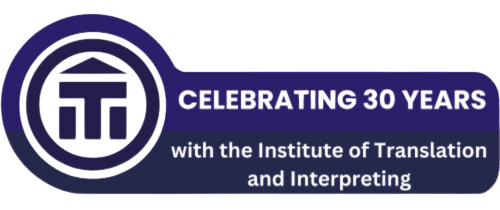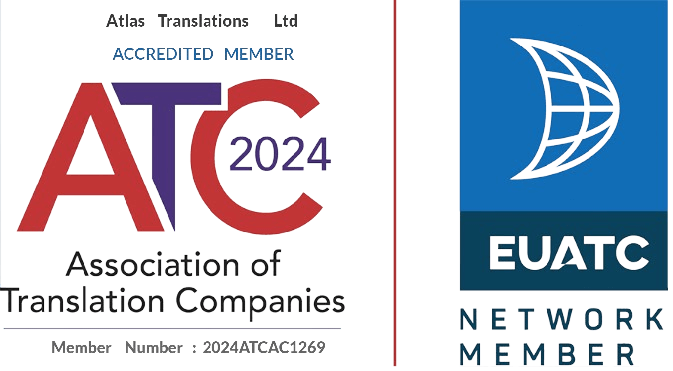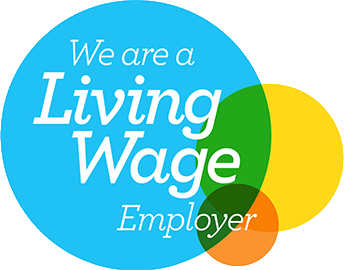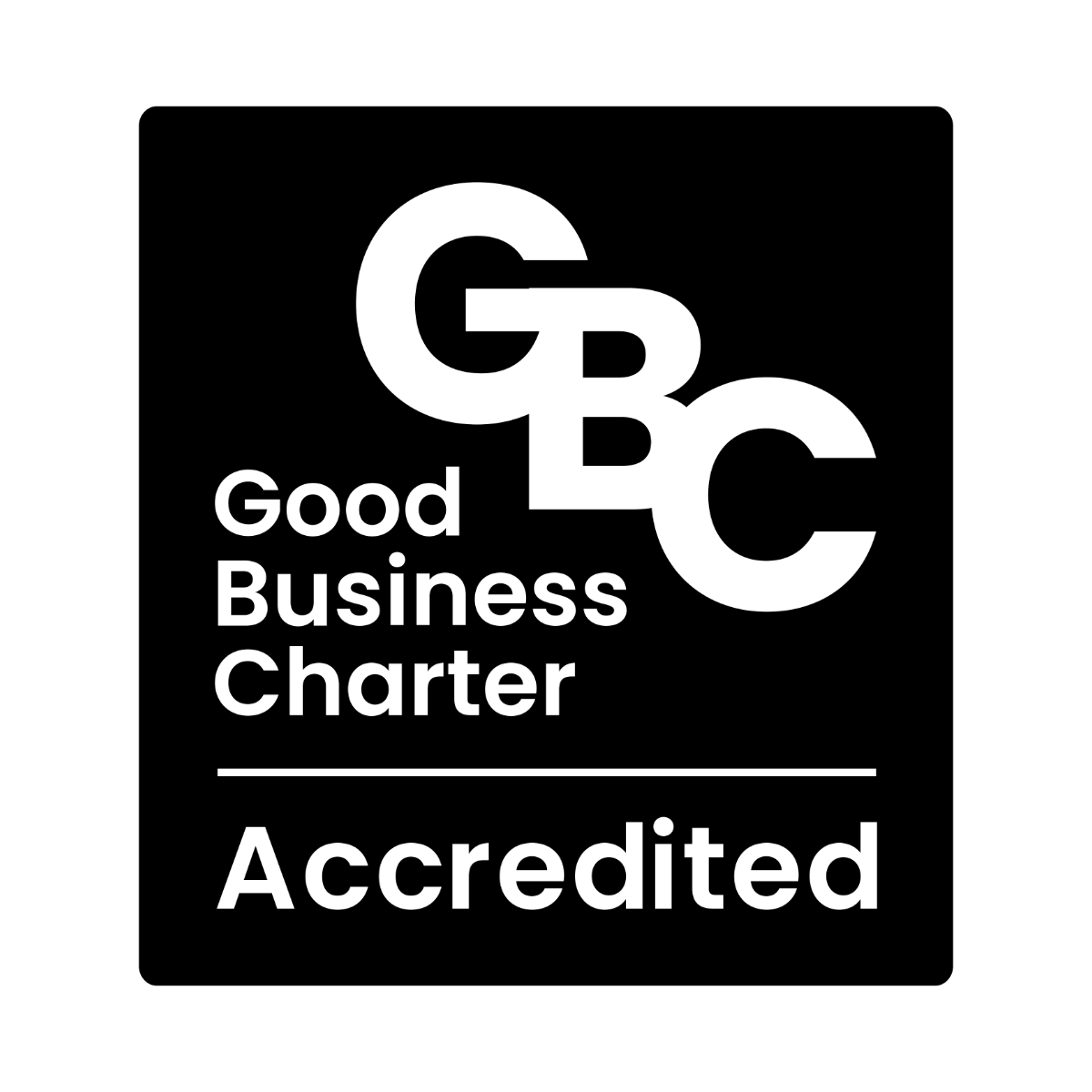5 Useful Tips before Website Translation
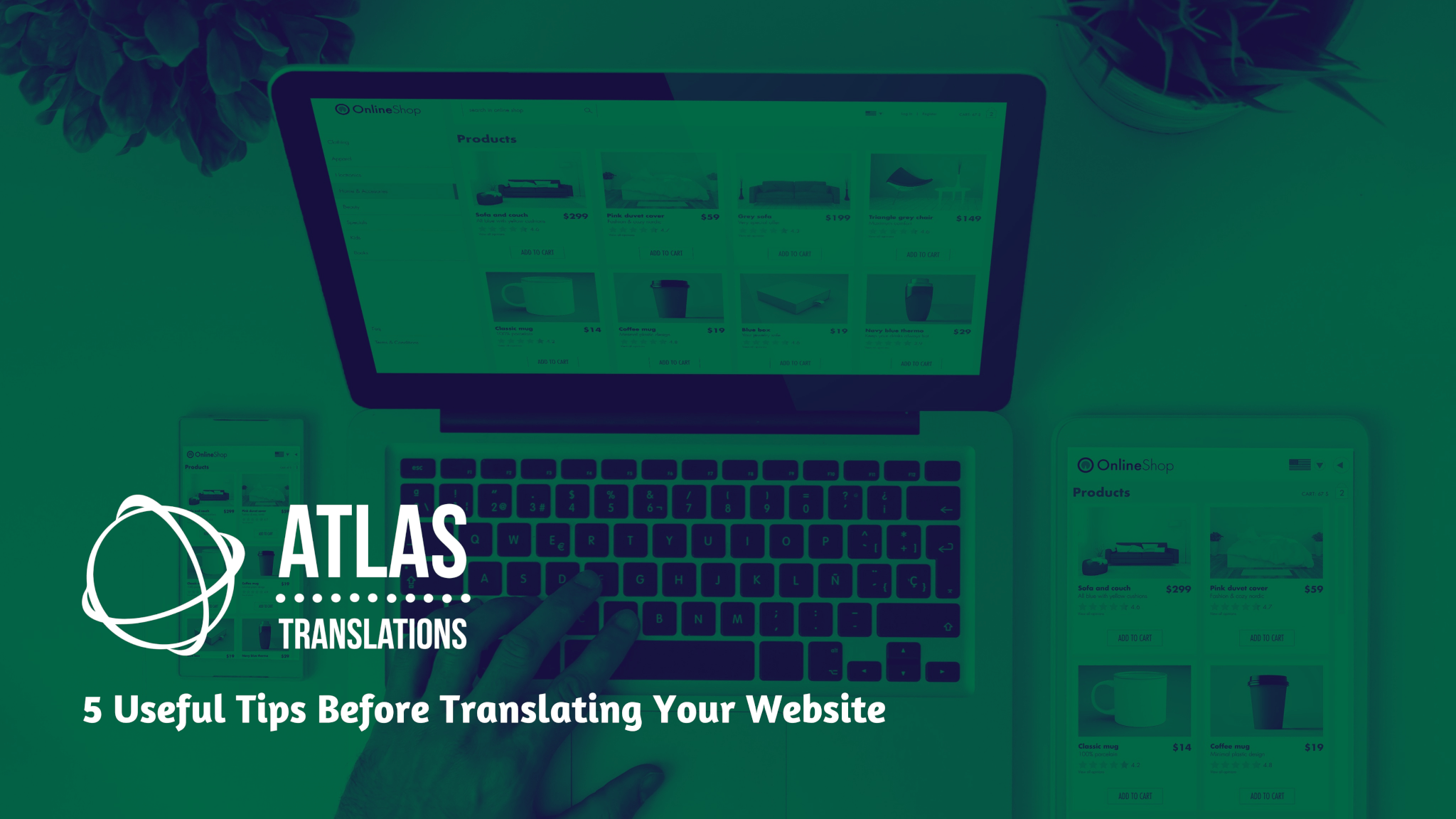
If you’re looking to grow your client base and reach new markets, translating your website is a fantastic way to achieve brilliant results. Through website translation, you can help to make your content much more accessible for target audiences in other regions.
However, there a few things to keep in mind to avoid any potential mishaps when it comes to website translation. Here are our top five useful tips to make sure your newly-translated website ticks all the right boxes.
Get to Know Your Audience before Website Translation
Linguistic differences come up a lot in translation, so it’s important to put in the effort to find out exactly who you want to speak to with your content. Do some research to understand what language or dialect your target audience converses in.
For example, a business targeting customers in Mexico will require a translation tailored to Latin American Spanish rather than the European dialect. Talking to your audience in the language they use and understand can make a big difference. Which brings us onto our next point…
Localisation, Localisation, Localisation!
No, we’re not talking about a middle-aged couple house-hunting in Somerset with Kirstie and Phil – localisation is all about adapting your translation to meet the unique cultural and linguistic attributes of your target audience.
Images, jokes and other cultural references are often specific to a certain region, meaning they can sometimes fall flat when targeted to a different area. Localisation experts can help you make sure that your content is not only translated accurately, but reflects the cultural interpretations of your new audience.
Stick to Your Own Style
To get the best out of your newly-translated website, it’s useful to work with professional translators to craft translated material that your new audience can really engage with. But what about your unique style of writing and tone of voice that sets you apart from the competition?
Creating a style guide for your translator can be a handy way of maintaining your original tone and style in the translated version. Translation professionals will be able to use the guide to convey the tone and style you want to see, even in a completely new language. Style guides are an easy and worthwhile method to sustain your unique brand identity and voice in any language.
Grow with a Glossary of Terms
Another great way to ensure your website translation matches your ideas is by putting together a glossary of terms for your translator. These will usually cover a range of key terms in your sector, making sure your new audience understands exactly what you’re bringing to the table.
You could also work with a translation professional who specialises in your chosen field. However, if there’s a specific way you’d like certain terms to be translated, creating a glossary of terms is a brilliant way to make sure everything runs smoothly.
Don’t Forget a Layout Check
As any website creator will know, it’s about more than just written content – the creative design of your website is just as important. That’s why it can be useful to include a layout check once the bulk of the translation is complete.
A layout check will ensure that your translated content reads in a way that is easy to understand for your target audience. This can be especially important when working in languages that are read from right to left, as the formatting can change drastically in comparison to the original version.
Speaking to your Target Market through Website Translation
So there we have it – our five top tips for translating your website to reach new audiences. If you’re looking to work with a professional translation agency for your website translation and would like to find out more, get in touch with our friendly team today! You can reach us by phone on 01727 812725, email us at team@atlas-translations.co.uk or get in touch via our website.

